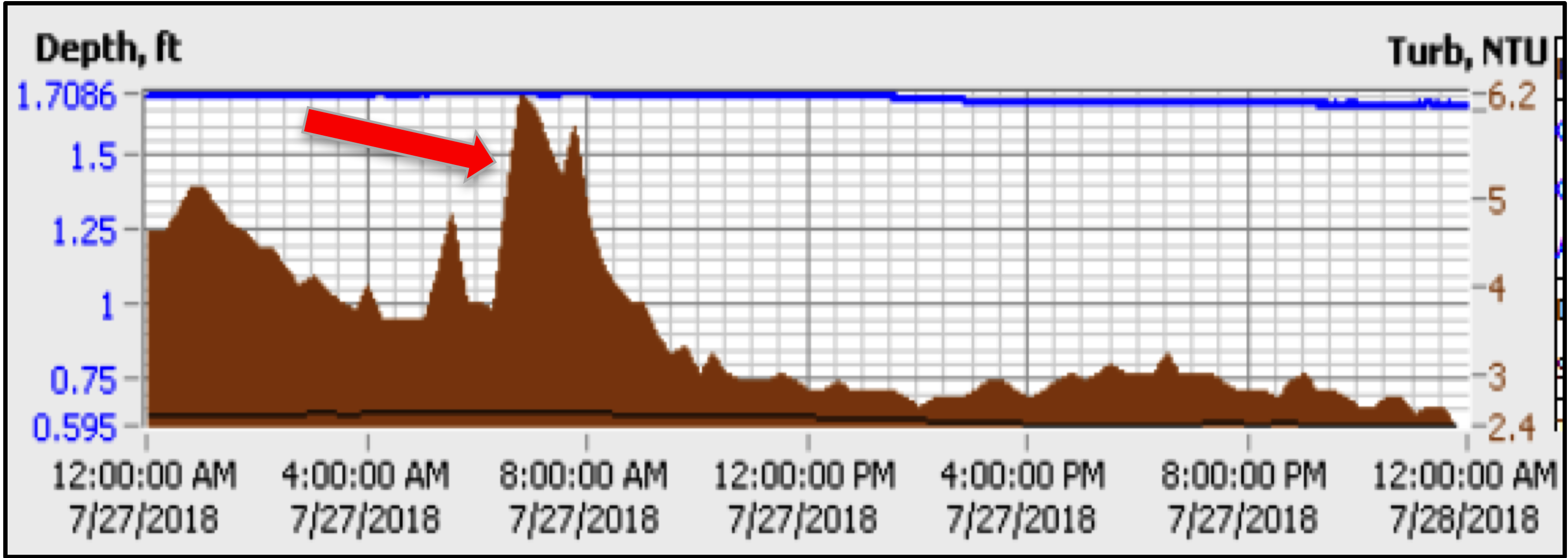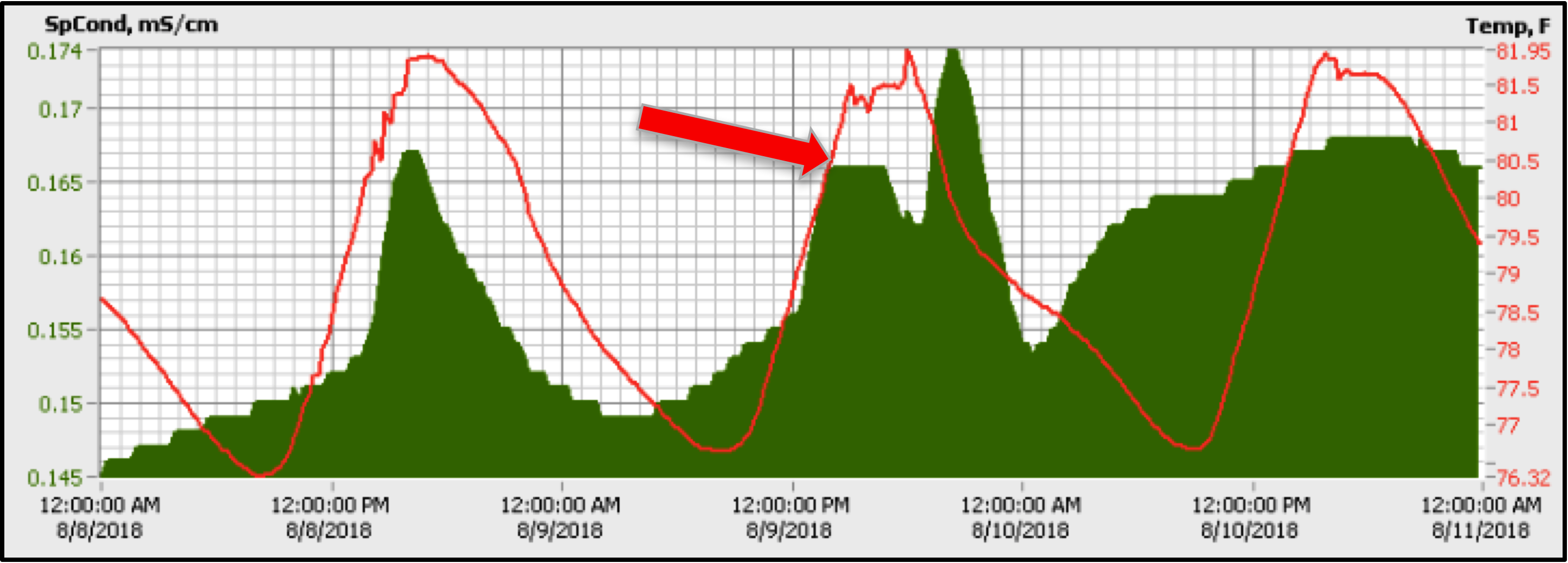
Getting Smart about Clean Water
Fresh, clean water. Life depends on it, and in its absence, calamity ensues. While intentional contamination of water sources is sometimes to blame, most often pollution comes about accidentally—and unknowingly.
Smart cities strive not only to ensure citizens have access to quality water for consumption and recreation, but also to provide information about the condition of local water bodies. Factors including contaminant spills, weather events and seasonal changes regularly impact water conditions and quality.
Maintaining a clean water supply equates to contending with illicit discharges. Not all discharges can be prevented, so municipalities and water authorities face the daunting task of identifying potential contaminants—before they move further in the potable water system.
This is where CANARY comes into play.
Like the beautiful yellow songbird sent into coal mines to detect noxious air, CANARY detects toxicity. This water quality data analytics program identifies potential water contamination before it makes its way into the drinking water supply.
Originally developed by IBM and Sandia National Labs (in conjunction with the United States Environmental Protection Agency), CANARY’s first application was detecting abnormal events in drinking water plants. Created after 9/11 to identify potential poisons in the drinking water system, CANARY employs machine learning algorithms to detect events of interest—basically, occasions when contaminants enter the water system.
Today, Woolpert is extending the utility of CANARY by testing it in a different environment—surface water. CANARY was already proven effective at detecting contamination events in closed, highly controlled systems; we wanted to determine if we could alter it to detect contamination events in open riverine systems with much more data noise.
So far, the results are quite promising.
How does CANARY work? After gathering data from onsite continuous water quality sensors, CANARY uses virtual machines and advanced software to calculate the probability of contamination. This probability is sent back to the data logger, which triggers an automatic sampling to obtain a chemical signature. From this data, we can detect events that may not be visible to the naked eye, such as subtle deviations from water quality parameters.
Woolpert tested CANARY with real-world data sets from several existing clients, and the program successfully detected events of concern during non-storm conditions as well as other events that could not be identified visually in real time.
On one such occasion, as illustrated in Figure 1, CANARY indicated the high probability of an event based on changes in turbidity and specific conductance. This event was later identified as the sourcing of water near a station by a trucking company. No water quality sampling was performed for this event.

Another event occurred on August 9, 2018 and is shown in Figure 2. The water quality analysis of this event suggested an elevated level of aluminium in the sample during the baseflow conditions. An increased aluminum level may be attributed to discharges from facilities (such as the healthcare centers) located within the drainage basin.

Using CANARY for streams and rivers—completely uncharted territory—has created threshold challenges for real-time alerts. However, by incorporating basic river and stream chemical characteristics as well as machine learning algorithms, we have had success in training CANARY to not alert during certain events, like storms, when there are natural increases in water turbidity and decreases in specific conductance.
So, what does this all this mean for communities? CANARY provides the potential for real-time alerts for events of interest, automated samplings during events, chemical characteristic reports, and eventually, the automatic identification and tracking of illicit discharges using underwater drones. Even today, CANARY can be used to comply with MS4 regulations and advance smart city initiatives.
CANARY has brought us one step closer to automating and characterizing illicit detections in surface waters. And with the application of futuristic technologies, including artificial intelligence, we are on the cusp of a new era of connectivity, analysis and predictive action.